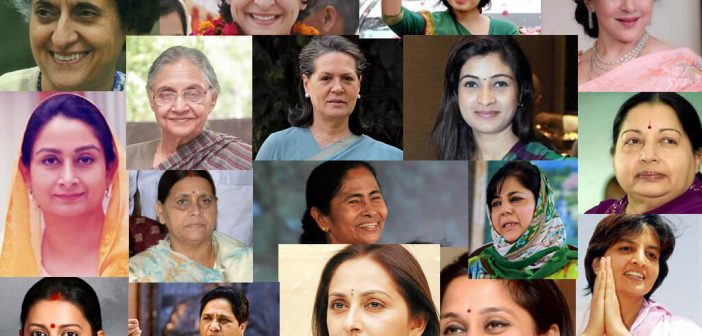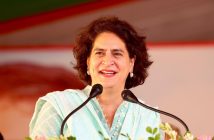While the Indian National Congress remains the more dynastic national party, there are as many as 78 women MPs in the 17th Lok Sabha.
Data collected for the Social Profile of Indian National and Provincial Elected Representatives project indicates that 30% of all new Lok Sabha MPs are political dynasts – a record.
| Party | Number of dynasts | Number of MPs | Percentage of dynasts |
|---|---|---|---|
| BJP | 75 | 303 | 24.75% |
| INC | 23 | 52 | 44.23% |
| DMK | 10 | 23 | 43.48% |
| YSRCP | 7 | 22 | 31.82% |
| SHS | 7 | 18 | 38.89% |
| AITC | 5 | 22 | 22.73% |
| BSP | 5 | 10 | 50.00% |
| LJSP | 5 | 6 | 83.33% |
| BJD | 4 | 12 | 33.33% |
| JD(U) | 4 | 16 | 25.00% |
| SP | 3 | 5 | 60.00% |
| Independents | 2 | 4 | 50.00% |
| SAD | 2 | 2 | 100.00% |
| NCP | 2 | 5 | 40.00% |
| TDP | 2 | 3 | 66.67% |
| NPP | 1 | 1 | 100.00% |
| TRS | 1 | 9 | 11.11% |
| ADMK | 1 | 1 | 100.00% |
| AIMIM | 1 | 2 | 50.00% |
| JD(S) | 1 | 1 | 100.00% |
| JMM | 1 | 1 | 100.00% |
The ratio of dynasts among MPs is much higher than among the general election candidates.
Political parties generally nominate women for reserved seats, 24 of the women MPs were elected from such constituencies.




